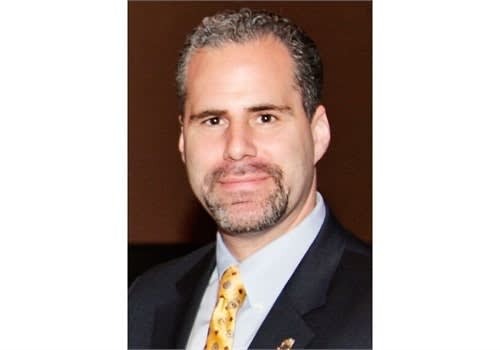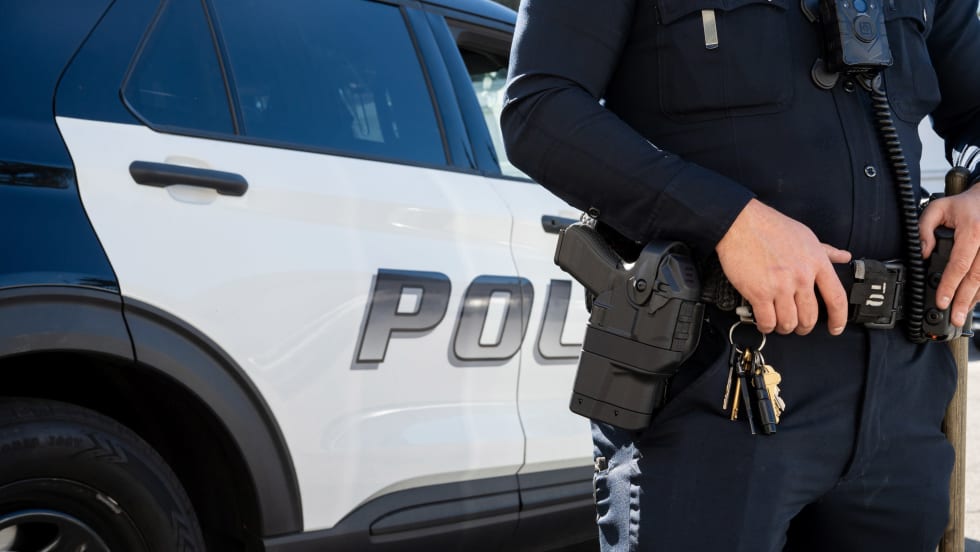On January 29 the Police Executive Research Forum (PERF) released a report titled, "Critical Issues in Policing Series, Use of Force: Taking Policing to a Higher Standard – 30 Guiding Principles." That report said, "Agencies should eliminate from their policies and training all references to the so-called "21-foot rule" regarding officers who are confronted with a subject armed with an edged weapon. "It also characterized the "21-foot rule" as an outdated concept.
The 21-foot rule originated 33 years ago in Salt Lake City as a reaction time experiment by Lt. Dennis Tueller, but it is entirely unjustifiable to dismiss it as an "outdated concept." The experiment that came to be known both as the "Tueller Drill" and the "21-foot rule" recognized an officer's inherent vulnerability when confronted by a subject with an edged weapon, and summarized a critical training point with a catchy phrase that is easy for officers to remember. I can invoke all the fancy trainer-speak to convince officers they are in danger if their weapons are holstered and they are confronted by an armed subject at close range, but what good is it if they don't remember or understand it? The reasonable discussion surrounding the 21-foot rule should relate to whether the distance should be expanded to ensure a more viable reactionary gap.











